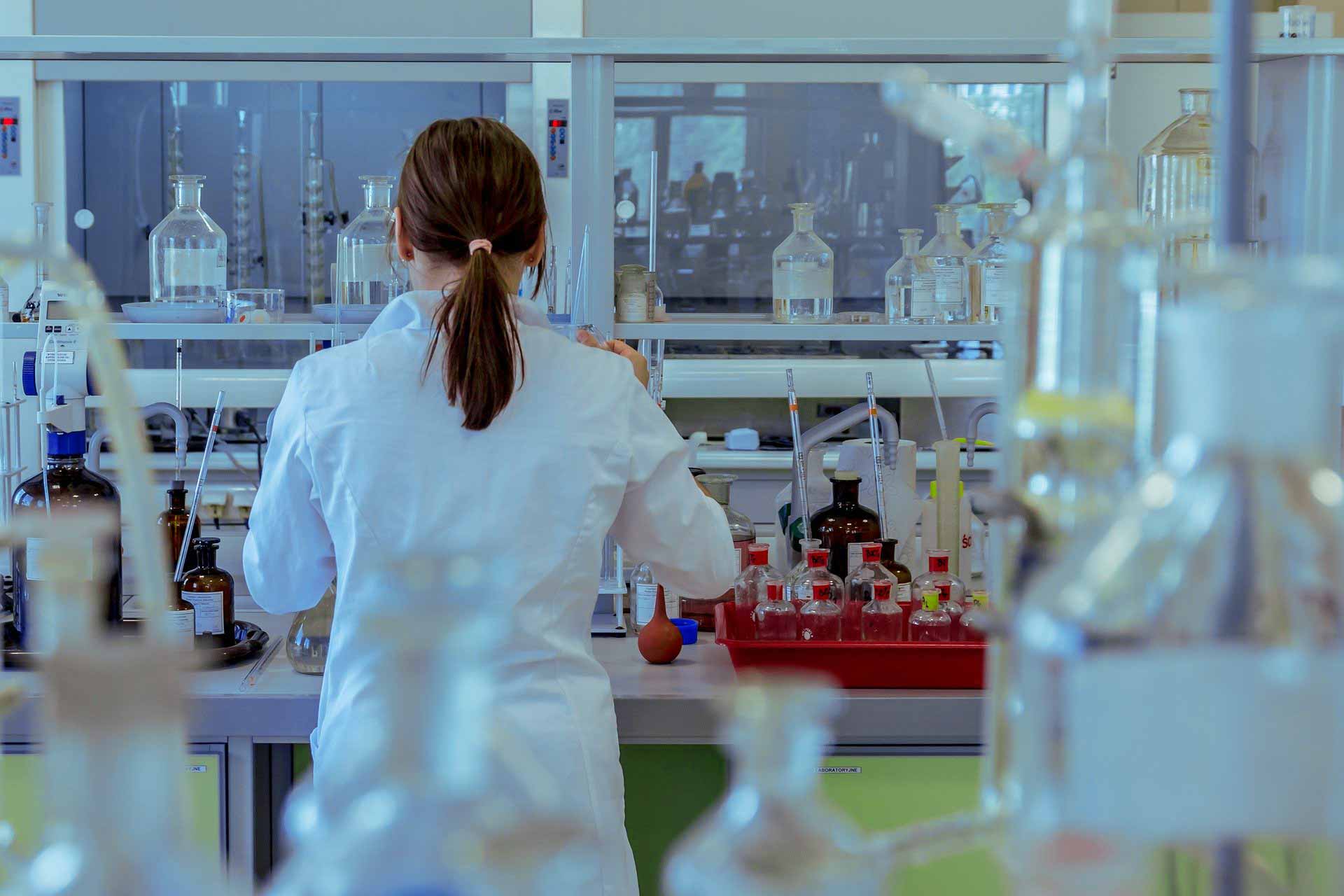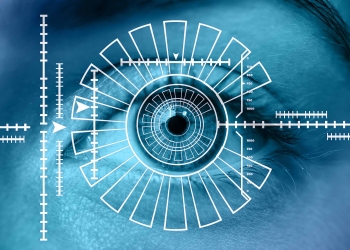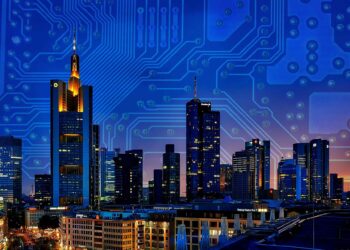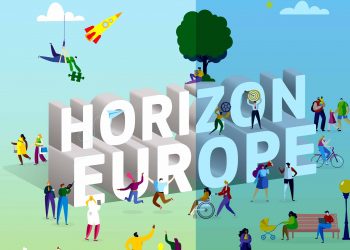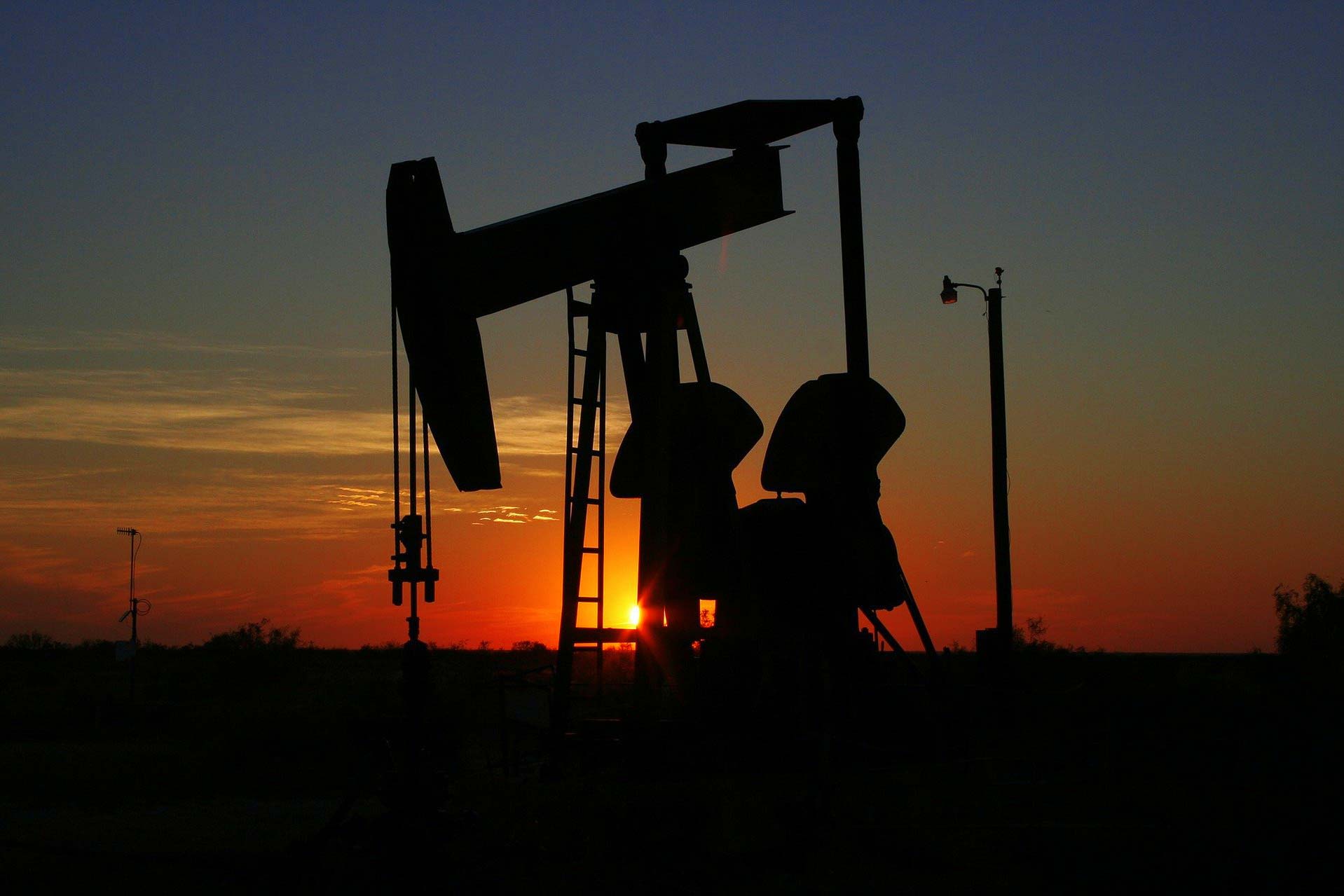The recent European Union chemicals strategy for sustainability aims to ensure that chemicals make a positive contribution to society without harming the environment and people’s health. A European Environment Agency (EEA) briefing describes key approaches to make chemicals and products safe and sustainable by design, before they enter the market.
It is possible to make products safer and more sustainable by assessing their performance at the design stage of product development, according to the EEA briefing ‘Delivering chemicals and products that are safe and sustainable by design’. This approach would reduce risks from chemical pollution and support Europe’s transition to a circular and low-carbon economy.
The EEA briefing describes a process that starts by focusing on the functionalities that a product delivers in terms of the service it provides to the customer. At the next stage, product candidates should be assessed and compared for their life cycle effects, including safety, resource use and circularity, greenhouse gas emissions, and impacts on ecosystems. Candidate products often perform unequally across these dimensions so the selection process should include minimum requirements for each dimension as well as a total score for the overall performance.
Fair, Green and Digital recovery: Portugal highlights major EU priorities
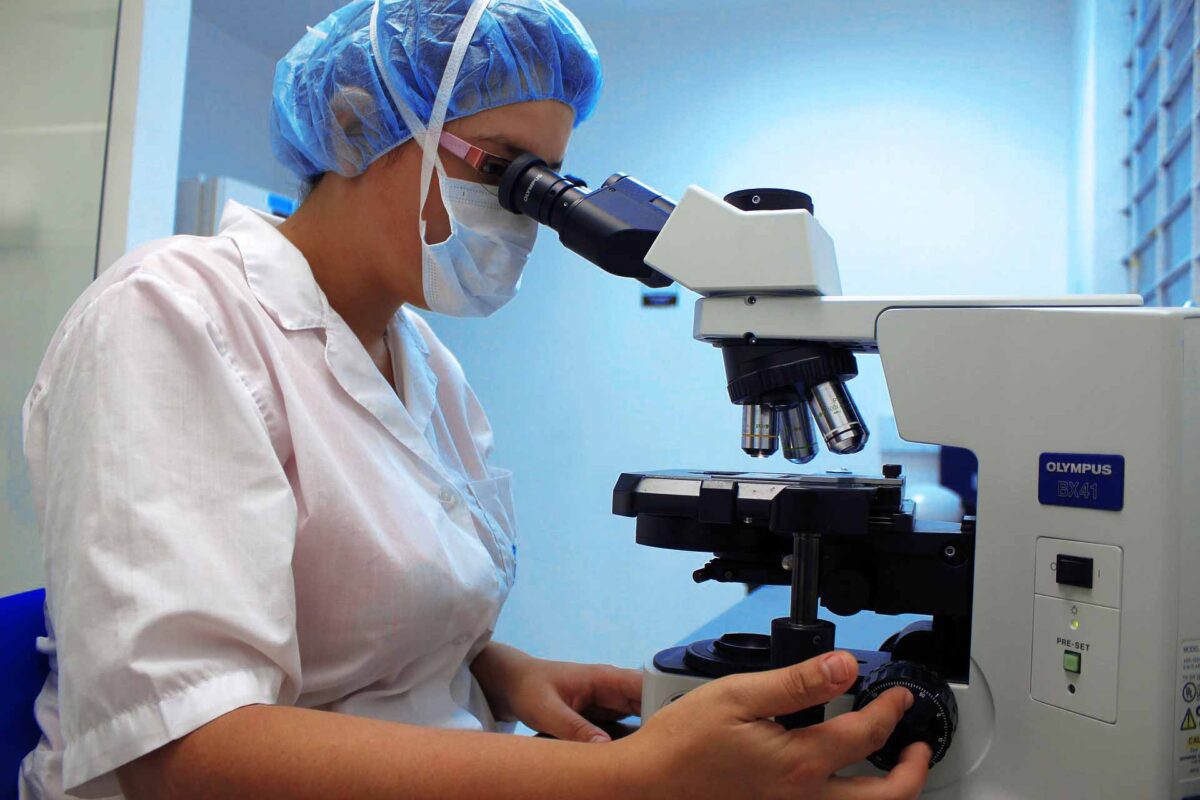
According to the EEA briefing, making chemical products safe and sustainable by design can be best supported by establishing and using harmonised methodologies and minimum performance requirements against safety and sustainability goals — from product design through to disposal and reuse. Other enabling factors include education and training on such methodologies, funding for safe and sustainable by design approaches, investments in research, and coherent and ambitious chemicals legislation.
Challenges in moving to safe and sustainable by design approaches include the interconnections in chemicals production as well as lock-ins in existing infrastructure for raw materials. Moreover, the education sector would need to start incorporating safety and sustainability aspects into, for example, training on product and material design.
Opportunities to move forward are foreseen under the European Commission’s chemicals strategy for sustainability and the next research and innovation framework, Horizon Europe, which are expected to support the development and uptake of approaches that are safe and sustainable by design. This can be complemented by initiatives taken at national level by industry and public authorities.
Designing safe and sustainable products requires a new approach for chemicals
The EU chemicals strategy for sustainability aims to ensure that chemicals are ‘produced and used in a way that maximises their contribution to society … while avoiding harm to the planet and to current and future generations’ (EC, 2020). Building sustainability dimensions into products’ design phase can support the delivery of these objectives. Key features of sustainable products include chemical safety, recyclability and a low environmental impact. This briefing describes approaches that are safe and sustainable by design and identifies enabling conditions, which support their uptake, and the related challenges and opportunities.
Why should products be safe and sustainable by design?
Making products safe and sustainable by design has the potential to improve product safety, prevent pollution, mitigate climate change and enable a circular economy. This entails assessing product performance against requirements for safety and sustainability at the design stage of product development, rather than after a product has been designed and is on the market. During the design phase, product engineers have more flexibility to innovate to meet performance objectives for safety and sustainability. An upstream approach is more efficient and effective than having to address deficiencies at the end of the product development process.
Safe and sustainable by design is a pre-market design approach whereby the objectives of minimising the use of hazardous chemicals, reducing greenhouse gas emissions, and fostering the reuse and recycling of materials in a circular economy are built into product design.
The approach aims to ensure that a range of safety and sustainability requirements are met to minimum levels of performance throughout the product’s life cycle. Sustainability requirements can be derived from broader European policy objectives for sustainable development, such as the goals of the European Green Deal to:
- protect citizens against hazardous chemicals;
- transition to a carbon-neutral economy by 2050;
- deliver a circular economy; and
- protect nature and reverse the degradation of ecosystems.
Challenges and opportunities
One key challenge is that current manufacturing systems are extensively interconnected, with many product value chains operating at the global level. Implementing change in one part of the system therefore has knock-on effects, and implementing safe and sustainable by design approaches requires effective collaboration throughout the product value chain, from production through to waste management, reuse and recycling.
Chemical production is especially highly interconnected, and changes in one process can jeopardise the production of feedstock for another. The infrastructure for extracting, producing and manufacturing raw materials is extremely costly, locking in polluting processes and creating barriers to technological change. The education sector is a further source of potential inertia, as students of engineering, product design and chemical synthesis typically have little or no training in how to incorporate safety and sustainability aspects into product design.
In terms of opportunities, the European Commission’s next research and innovation framework, Horizon Europe, is expected to support the development and uptake of approaches that are safe and sustainable by design. This may include developing and validating guidance materials, cross-disciplinary exchanges of good practice and establishing pilot projects in key industrial sectors. Training on approaches and methods for the upstream design of safe and sustainable products can be delivered through technical support centres. Such centres may also perform independent assessments and validate products as safe and sustainable. This will help foster innovation and guarantee the credibility and quality of safe and sustainable products made or imported for use in Europe.

